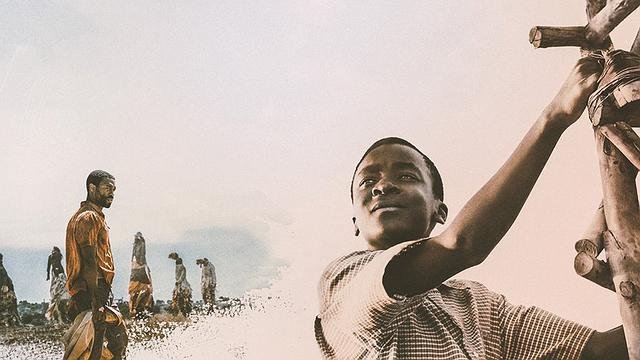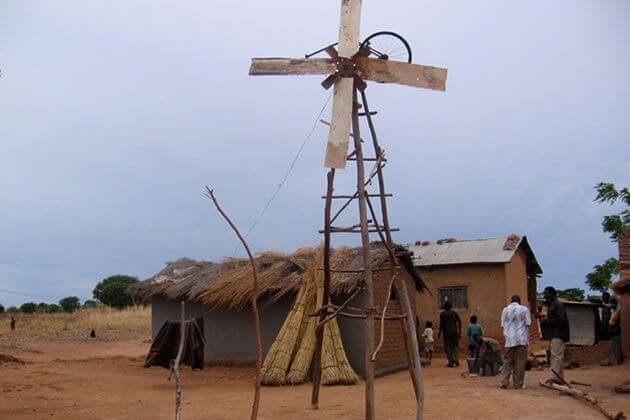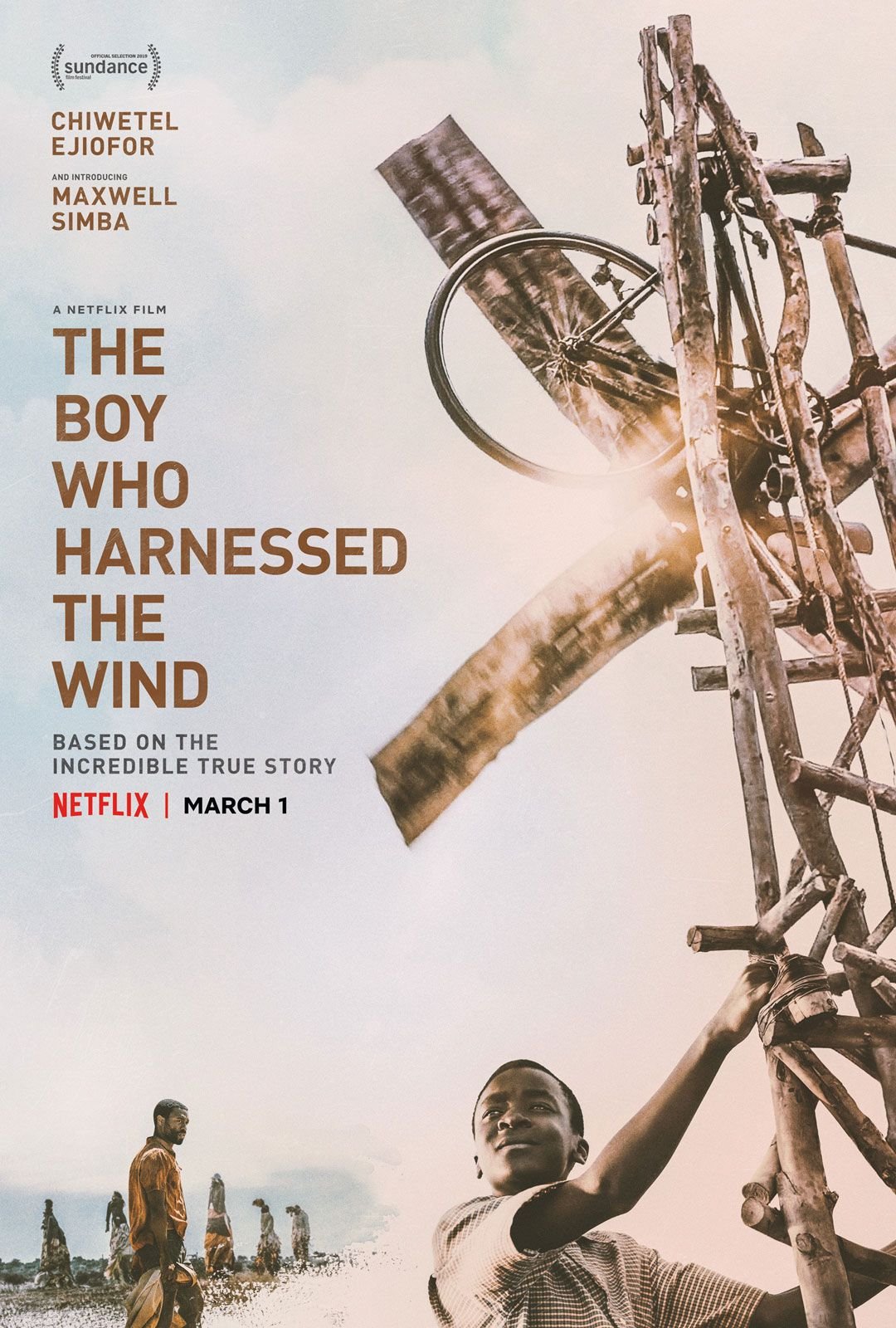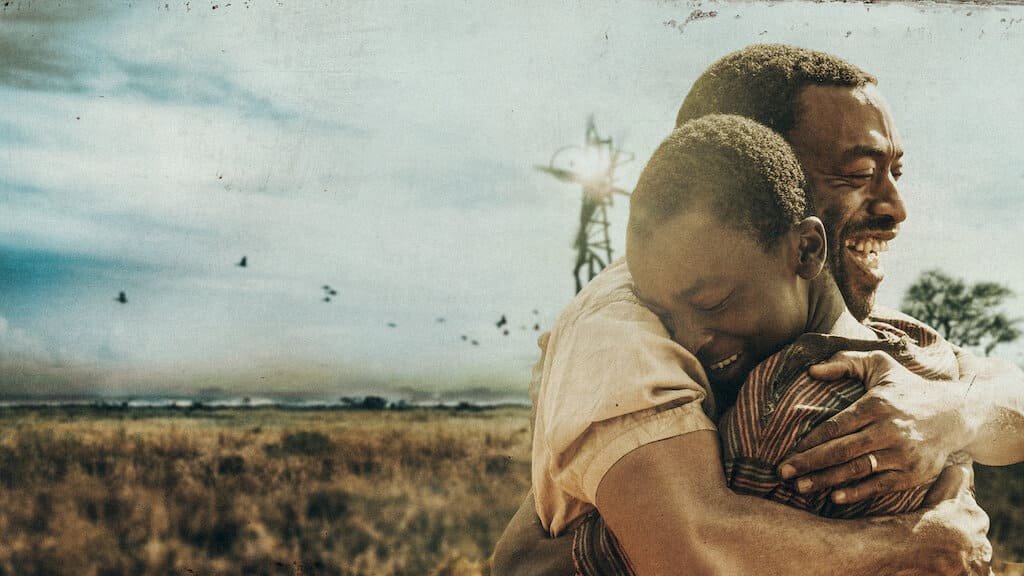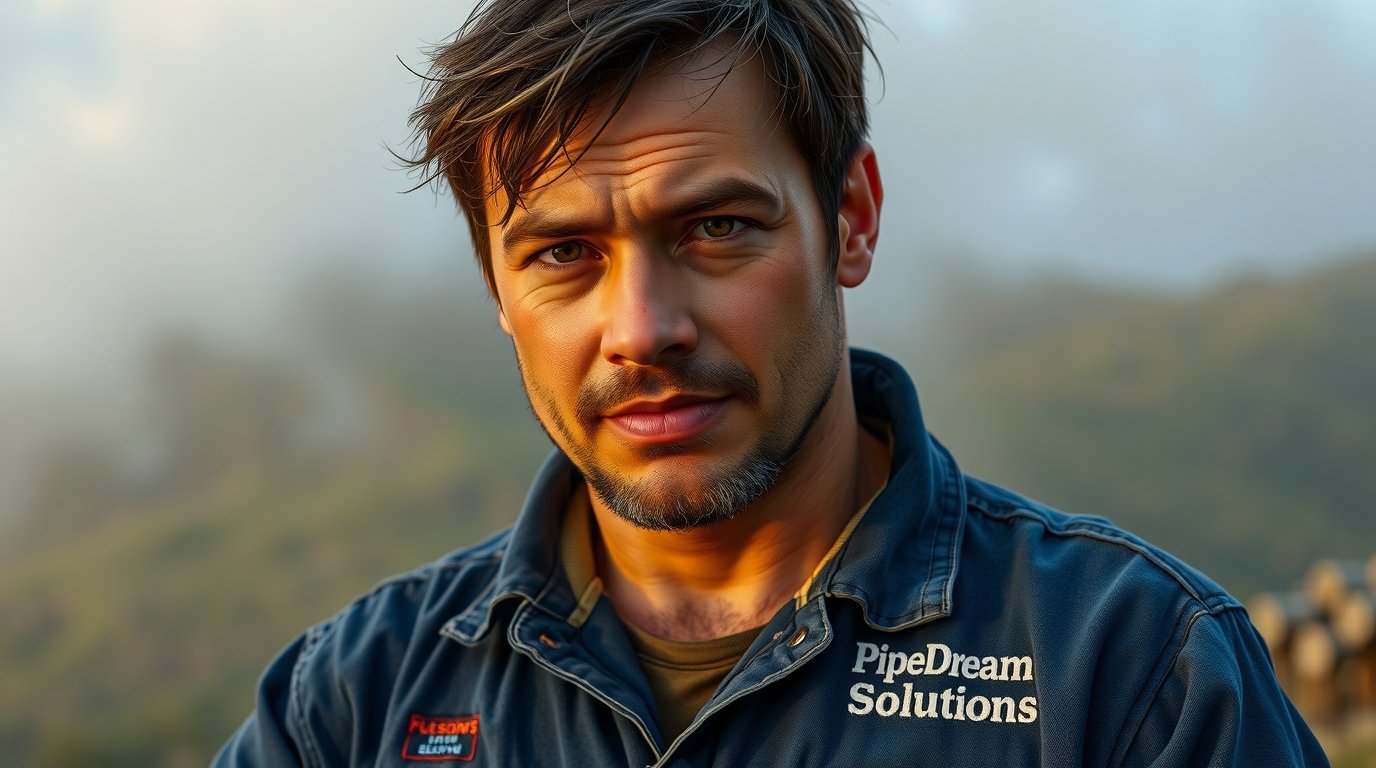A Story That Inspires
The story of The Boy Who Harnessed the Wind is a real-life tale of how renewable energy can change lives – and entire communities. Based on the true story of William Kamkwamba, a young guy from Malawi who faced poverty and drought, the movie and book show how innovation can spark in the toughest times. In a village hit hard by hunger, William built a windmill from scraps, using renewable energy to pump water and save crops. This article dives into how renewable energy – especially wind power – can inspire sustainable solutions in developing countries, while shining a light on lessons of grit and the power of education.
The Movie’s Setting: Crisis and Resilience in Malawi
The Boy Who Harnessed the Wind, directed by Chiwetel Ejiofor and streaming on Netflix, comes from William Kamkwamba’s memoir. Set in the early 2000s in a rural Malawi village, it shows a community crushed by drought and famine. William, played by Maxwell Simba, is a teen who loves science but can’t afford school fees. Inspired by a book about renewable energy, he builds a windmill from junk – like a fan blade and an old bike – to pump water and save the fields.
The story highlights how renewable energy matters in vulnerable places. Back then, only about 11% of people in Malawi had electricity, so wind power was a rare thing. William’s windmill didn’t just bring water – it brought hope, showing how renewable energy can transform lives in tough spots.
Why Renewable Energy Matters in Developing Countries
Renewable energy is a game-changer for places like Malawi. Unlike fossil fuels like oil or coal, renewable energy is clean, widely available, and often cheaper in the long run. For William, wind power was the key to beating the drought. But why is renewable energy so important for developing nations?
Benefits of Renewable Energy
Renewable energy has some big upsides. For one, it’s accessible – solar and wind don’t need fancy grids, which is perfect for rural areas. It’s also sustainable, cutting down on carbon emissions that mess with the climate, especially in farming regions. Plus, it makes a huge social impact – think electricity for schools, clinics, or homes. And after the initial setup, like William’s windmill, it’s cheap to keep running.
In the movie, renewable energy helped William’s village break free from relying on unpredictable rains. Small-scale wind turbines are a real-world example of how renewable energy can change local realities.
Real-World Examples
Beyond William’s windmill, other renewable energy projects are making waves in Africa. Solar panels in remote villages give kids light to study at night. Wind-powered irrigation systems, like William’s, help farmers grow food. And community micro-grids bring steady power to off-the-grid areas. These show that renewable energy isn’t just tech – it’s a tool for social change.
Science and Education in The Boy Who Harnessed the Wind
William Kamkwamba’s story is all about the power of education. Even when he couldn’t afford school, he hit up the local library, where he found a book on renewable energy. That knowledge let him build his windmill, proving that learning can change everything.
The Role of Education
William’s journey shows why education matters for renewable energy and innovation. Libraries and free resources are a lifeline in poor communities. Teaching science in hands-on ways – like building a windmill – sparks creative solutions. And empowering young people like William can lead to big changes, since they’ve got the drive to tackle problems.
In the movie, William faces pushback at first, but his curiosity and self-taught science skills win out. He learns about electricity and mechanics on his own, using them to create a renewable energy solution. His story pushes teachers and leaders to focus on science education, even in places with few resources.
Tying It to the Film
William’s path shows how education fuels innovation. He didn’t just build a windmill – he showed that science can solve real-world problems. His story calls for programs that teach practical skills, like engineering or tech, to help tackle issues like hunger or energy shortages.
Renewable Energy Through Residential Wind Power
William’s windmill is a perfect example of residential wind energy, a type of renewable energy that works on a small scale. Unlike huge wind farms, residential wind energy uses smaller turbines for homes or villages. In the film, William’s windmill, made from scraps, shows that renewable energy can be doable even with limited means.
How Residential Wind Energy Works
Small wind turbines turn wind into electricity or mechanical power, like pumping water. William used junk – a fan blade, a bike – to make his windmill work. This proves renewable energy can adapt to what’s available. Residential wind energy can power lights, irrigation, or small devices, making it ideal for rural spots.
Why Residential Wind Energy Rocks
Residential wind energy has some great perks. It’s cheap to start – William’s windmill cost less than $100. Maintenance is easy, with minimal upkeep. And it’s sustainable, cutting reliance on fossil fuels. Companies and nonprofits are now backing residential wind energy for small communities, inspired by stories like William’s.
Sustainability in Developing Countries: A Path Forward
The Boy Who Harnessed the Wind isn’t just about a windmill – it’s about sustainability in developing countries. The drought in William’s village is a stark reminder of climate change, which hits poor communities hardest. Renewable energy tackles both environmental damage and economic growth.
Challenges and Opportunities
Using renewable energy in developing countries isn’t easy – lack of infrastructure, upfront costs, and cultural resistance can get in the way. But the opportunities are huge. Wind and solar are plentiful, and renewable energy projects empower communities, building resilience against climate challenges.
Nonprofits like Practical Action are following William’s lead, promoting renewable energy for farming in rural areas. These efforts show that renewable energy can drive big changes.
Success Stories
Around the world, renewable energy is making a difference. In Kenya, solar and wind power light up rural schools, helping kids study. In India, solar micro-grids support farmers in remote villages. In Malawi, William’s story inspired nonprofits to install more windmills for irrigation, boosting local agriculture.
The Social Impact of Renewable Energy
William Kamkwamba’s story shows the social power of renewable energy. His windmill didn’t just solve a water problem – it gave his village hope and a sense of possibility. Renewable energy can light up schools, letting kids learn, and power clinics, improving healthcare. It also supports sustainable farming, fighting food insecurity, a big issue in places like Malawi.
The film also highlights the potential of young innovators. With limited resources, William used creativity and knowledge to help his community. His example pushes other villages to invest in renewable energy and education as tools for growth.
William Kamkwamba’s Lasting Legacy
William’s story doesn’t end in Malawi. After his windmill, he earned global recognition, landing scholarships to study in South Africa and the U.S. His book, translated into multiple languages, and the Netflix film spread his message worldwide. Today, William works on renewable energy and education projects, inspiring young people everywhere.
His legacy proves that renewable energy is more than tech – it’s a force for social change. It encourages governments, nonprofits, and everyday people to invest in sustainable solutions, especially in vulnerable regions. It also shows the value of giving kids access to education and knowledge, which can spark solutions to global problems.
Conclusion:
The Boy Who Harnessed the Wind is more than a story of grit – it’s a call to action to embrace renewable energy and education. William Kamkwamba’s journey proves that with creativity and learning, even the biggest challenges can be tackled. Renewable energy, like residential wind energy, offers practical fixes for communities in crisis, while education empowers young people to lead the way.
Whether it’s building a windmill or pushing for sustainability in developing countries, every step counts. William’s story reminds us that local solutions, powered by renewable energy and knowledge, can change the world. Get inspired by William, explore renewable energy, and be part of a greener, brighter future.
🌍 What's your travel style?
renewable energy, residential wind energy, sustainable energy solutions, wind turbines for small communities, sustainability in developing countries, renewable energy in Africa, science and technology education, access to education in poor countries, sustainable agriculture innovations, community development in Africa, William Kamkwamba true story, The Boy Who Harnessed the Wind book, Netflix true story movies, homemade inventions for farming, inspirational stories of resilience
No related posts.
